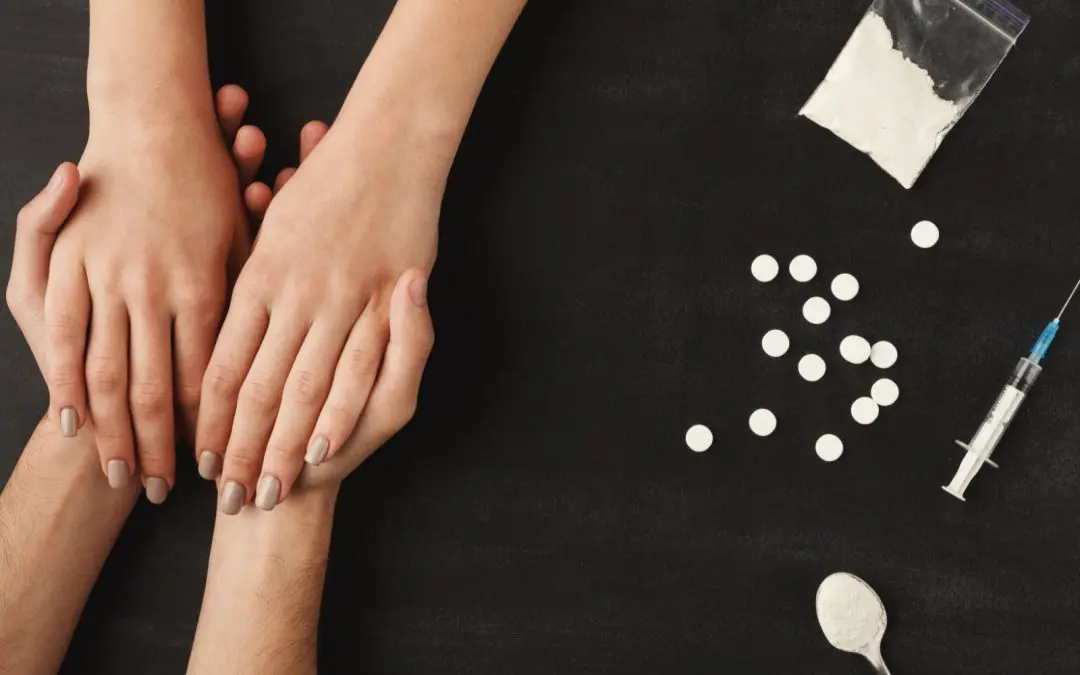24/7 Helpline:
(866) 899-221924/7 Helpline:
(866) 899-2219
Learn more about Intensive Outpatient Program centers in Ola

Other Insurance Options

Group Health Incorporated

Self-pay options

Premera

Humana

Aetna

Covered California

Ambetter

Health Choice

Amerigroup

Access to Recovery (ATR) Voucher

Lucent

MVP Healthcare

BlueShield

BHS | Behavioral Health Systems

Sutter

BlueCross

Cigna

AllWell

Holman Group

UnitedHealth Group









